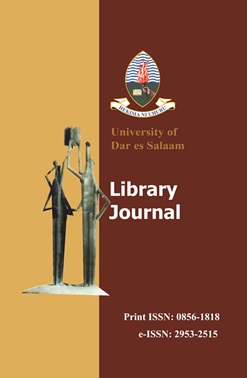Applying ADDIE Model to Develop Multimedia Lessons for Adolescent Reproductive Health Education in Uganda
Keywords:
ADDIE model, Adolescent Reproductive Health, Multimedia application, EducationAbstract
This study aimed to develop and evaluate a multimedia application intervention for adolescent sexual reproductive health education in secondary schools in Uganda. The lack of access to quality reproductive health education and services, exacerbated by the recent COVID-19 pandemic, contributes to unplanned pregnancies, health complications, and sexual and gender-based violence (SGBV) among adolescents in Uganda. Researchers and teachers collaborated to create multimedia lessons covering topics such as sexual reproductive health and rights (SRHR) and SGBV for adolescents in participating schools. The educational content and format were co-designed to better incorporate the local context and address priority issues by involving end users of the software (adolescents and their teachers) as content contributors during the development phase. The innovative multimedia application was developed using the Analysis, Design, Development, Implementation, and Evaluation (ADDIE) model. A student manual was also created as a teaching tool, providing educators with lesson introductions and guiding questions for post-lesson group discussions. The manual includes a simplified print version of the educational content, ensuring that students and teachers in schools without ICT resources can benefit from the intervention. Questionnaires were developed and administered to 14 Results indicate that all 14 trained teachers demonstrated improved knowledge about the use of multimedia applications to deliver adolescent-friendly sexual reproductive health (SRH) education. Additionally, all 14 teachers self-reported that the multimedia application is a feasible and acceptable method to deliver adolescent-friendly SRH education.


